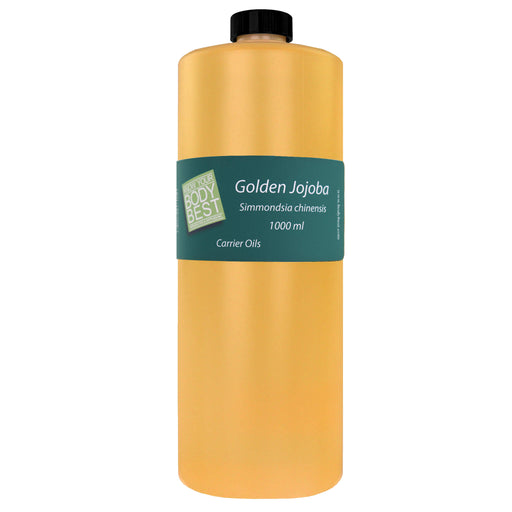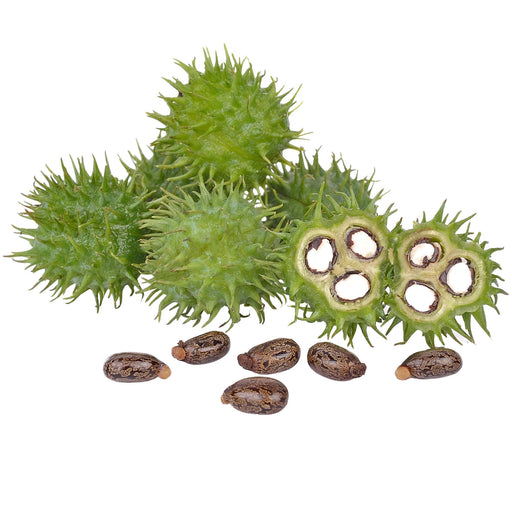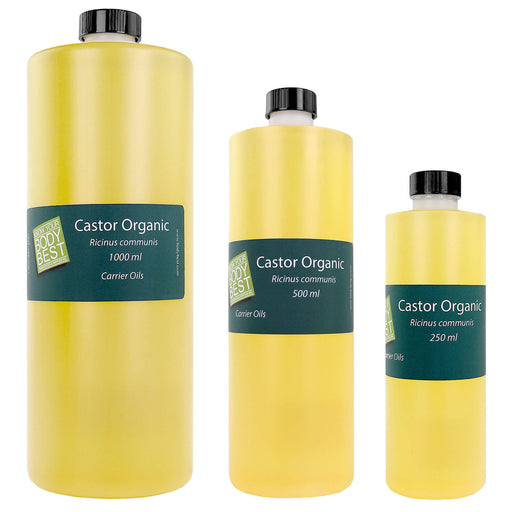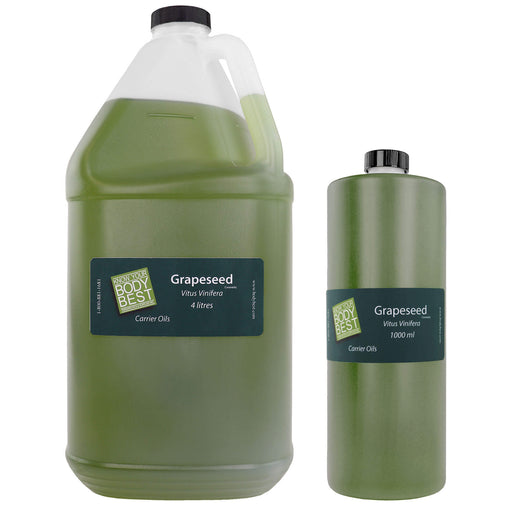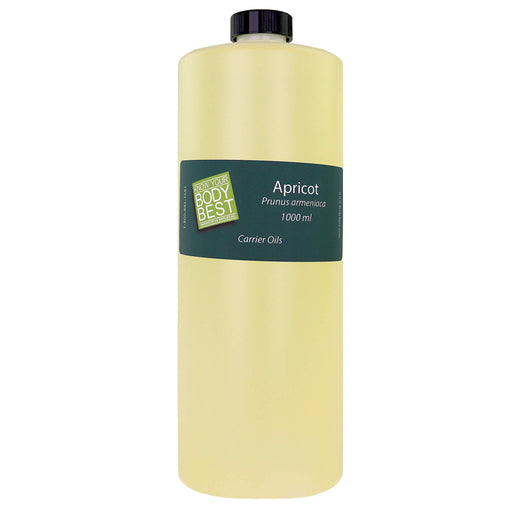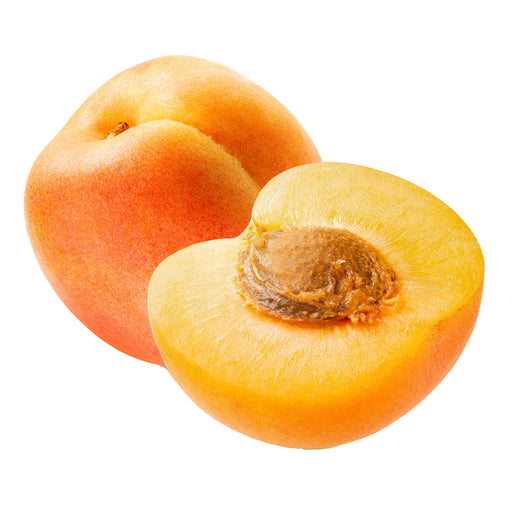over $250.00

The Science Behind Fascia Release in Physical Therapy: What You Need to Know
In the world of physical therapy, we deal with all kinds of tissues—muscles, tendons, ligaments—but one that doesn’t always get the attention it deserves is fascia. Fascia is a bit like the mysterious cousin at family gatherings: everyone knows they're important, but nobody’s quite sure why. Well, it’s time to shed some light on fascia and why fascia release techniques are such a game-changer in physical therapy.
What Is Fascia, Anyway?
Let’s start with the basics. Fascia is the connective tissue that encases and weaves through every structure in the body—muscles, bones, nerves, blood vessels, and even organs. It’s like a body-wide spider web, ensuring everything stays connected, supported, and in place. Fascia is also highly adaptable, able to stretch and move with the body. But, when fascia becomes tight or restricted (due to injury, inflammation, or prolonged stress), it can cause a ripple effect of discomfort, pain, and limited mobility.
Think of fascia as a body-wide sweater: when one part of the fabric bunches up or tightens, it pulls everything else with it, leading to areas of tension far from the actual source of the problem. This is why fascia release is such a critical tool in physical therapy—it addresses the "whole sweater," not just the visible problem areas.
The Role of Fascia in Movement and Pain
Research has shown that fascia plays a key role in proprioception (our awareness of where our body is in space) and movement efficiency. In simple terms, healthy fascia allows for smoother, more coordinated movements. When it’s tight or damaged, it restricts movement and can trigger pain.
Fascial adhesions, or restrictions, can develop for several reasons—whether from injury, surgery, poor posture, or repetitive motion. These restrictions can limit range of motion and create compensatory patterns in the body, leading to further issues. Physical therapists often see this in clients who come in with joint pain or muscle tightness that seems resistant to standard treatment. In many cases, it’s the fascia that’s the silent culprit.
The Science of Fascia Release
Now, let’s get into the nitty-gritty: how does fascia release actually work?
Fascia release techniques—whether performed manually or with tools—aim to break down adhesions and restore the fascia’s natural elasticity. When a physical therapist applies sustained pressure to an area of tightness, they are effectively "stretching" the fascia, allowing it to release its grip on the underlying structures.
Science suggests that this process works on both mechanical and neurological levels. Mechanically, sustained pressure breaks down the collagen fibers in the fascia, allowing the tissue to reorganize and soften. Neurologically, fascia release can reduce pain signals and improve proprioception, helping clients regain proper movement patterns.
Common Techniques in Fascia Release
- Myofascial Release (MFR): One of the most widely used techniques, MFR involves applying gentle, sustained pressure to areas of fascia tightness. The key here is time—fascia responds best to slow, steady pressure rather than quick movements. This technique helps soften and lengthen the fascia, reducing tension throughout the body.
- Instrument-Assisted Soft Tissue Mobilization (IASTM): Tools like Graston or Gua Sha are often used to perform fascia release more precisely. These tools allow therapists to detect and treat fascial restrictions more effectively, promoting improved blood flow and faster tissue repair.
- Foam Rolling and Self-Myofascial Release: Physical therapists often recommend self-care strategies like foam rolling to help clients maintain fascia health between sessions. Foam rolling works by applying targeted pressure to fascia, improving blood flow, reducing adhesions, and encouraging tissue recovery. It’s a little like ironing out the wrinkles in that body-wide sweater.
- Active Release Techniques (ART): ART combines manual therapy with movement. The therapist applies pressure to a specific area of tightness while the client actively moves the body part through a range of motion. This dynamic technique helps release fascial adhesions while also retraining the body’s movement patterns.
While Kinesio Taping isn’t a primary fascia release technique like myofascial release, it can complement other therapies and support long-term outcomes by promoting healthy fascia dynamics.
Benefits of Fascia Release in Physical Therapy
So why should fascia release be a staple in your treatment toolbox? The benefits are significant:
- Pain Reduction: Releasing fascial adhesions reduces tension and eases pressure on nerves, helping to alleviate chronic pain conditions.
- Improved Mobility: As tight fascia is released, clients experience improved range of motion and greater ease of movement.
- Better Muscle Function: Healthy fascia allows muscles to glide smoothly, improving overall function and performance.
- Faster Recovery: By promoting blood flow and tissue repair, fascia release can speed up recovery from injuries and surgeries.
The Takeaway?
Fascia is much more than just "packing material" for the body—it’s a vital structure that influences everything from movement efficiency to pain levels. As physical therapists, understanding and utilizing fascia release techniques can make a world of difference in our clients’ outcomes.
So the next time you’re working with a client who seems to have a mystery pain or limited mobility, remember the role fascia plays. By incorporating fascia release into your treatment plan, you’ll be addressing the body as a whole, helping your clients move better, feel better, and, ultimately, get back to doing what they love.
Featured collection
-
$0.00 - $0.00$0.00
Lowest Price per ml: $0.06
$14.99 - $59.99$14.99 - $59.99Current priceCurrent Price: $59.99
Price Per ml: $0.05
$14.99Golden Jojoba Oil
BodyBestIn stockUses and Benefits of Golden Jojoba Oil Golden Jojoba Oil is one of the best massage oils as it can be used for both scalp and body. It is deeply mo...
View full details$0.00 - $0.00$0.00Lowest Price per ml: $0.06
$14.99 - $59.99$14.99 - $59.99Current priceCurrent Price: $59.99
Price Per ml: $0.05
$14.99 -
$0.00 - $0.00$0.00
Lowest Price per ml: $0.03
$11.99 - $29.99$11.99 - $29.99Current priceCurrent Price: $11.99
Price Per ml: $0.04
$11.99Castor Oil
BodyBestIn stockUses and Benefits of Castor Oil Castor oil is a healing oil that helps soothe muscle aches. Rich in antioxidants, the oil prevents wrinkles, reliev...
View full details$0.00 - $0.00$0.00Lowest Price per ml: $0.03
$11.99 - $29.99$11.99 - $29.99Current priceCurrent Price: $11.99
Price Per ml: $0.04
$11.99 -
$0.00 - $0.00$0.00
Lowest Price per ml: $0.02
$29.99 - $99.99$29.99 - $99.99Current priceCurrent Price: $29.99
Price Per ml: $0.02
$29.99Grapeseed Oil
BodyBestOut of stockUses and Benefits of Grape seed Oil Grape seed oil has anti-inflammatory and antimicrobial properties. In addition, the oil is rich in omega chain ...
View full details$0.00 - $0.00$0.00Lowest Price per ml: $0.02
$29.99 - $99.99$29.99 - $99.99Current priceCurrent Price: $29.99
Price Per ml: $0.02
$29.99Sold out -
$0.00 - $0.00$0.00$29.99$29.99 - $29.99Current price$29.99
Apricot Oil Cold Pressed 1L
BodyBestOut of stockUltrasonic Aromatherapy Diffuser – Modern, Quiet, and Effective Enhance your space with the soothing benefits of aromatherapy using our Ultrasonic...
View full details$0.00 - $0.00$0.00$29.99$29.99 - $29.99Current price$29.99Sold out -
$0.00 - $0.00$0.00
Lowest Price per ml: $22.00
$24.99 - $109.99$24.99 - $109.99Current priceCurrent Price: $24.99
Price Per ml: $24.99
$24.99Coconut Oil Cold Pressed Unfractionated
BodyBestLow stockBenefits of Body Best Cold Pressed Unfractionated Coconut Oil Body Best Cold Pressed Virgin Coconut Oil has wonderful healing properties for your...
View full details$0.00 - $0.00$0.00Lowest Price per ml: $22.00
$24.99 - $109.99$24.99 - $109.99Current priceCurrent Price: $24.99
Price Per ml: $24.99
$24.99

